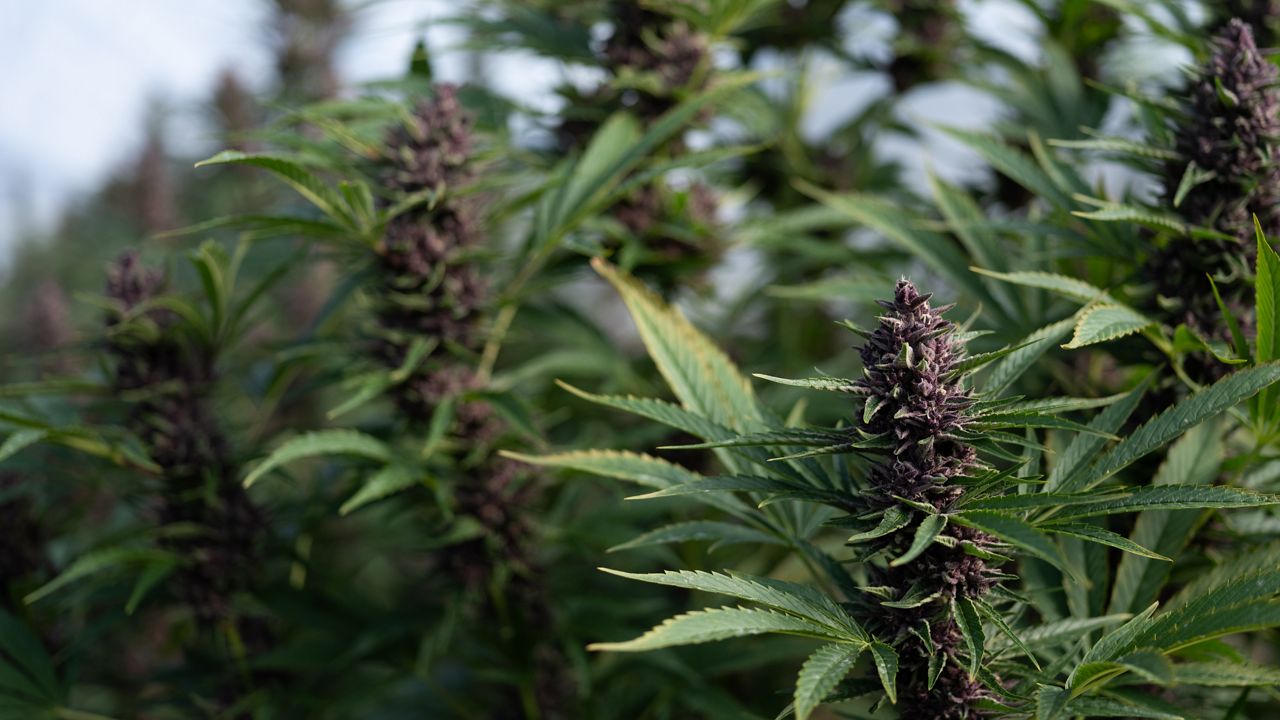Marijuana growers in New York believe the crop can help diversify their farms, but are facing significant challenges in the market and navigating changing state regulations.
Zach Sarkis is the director of operations at G-Flower, a small marijuana farm in the Finger Lakes Region. He founded the cannabis company FLWR CITY and is president of the New York Craft Association, a nonprofit designed to advocate for craft cannabis producers.
The state Office of Cannabis Management was forced this summer to delay the launch of a new Seed-to-Sale tracking system because of a merger between companies Metrc and BioTrack.
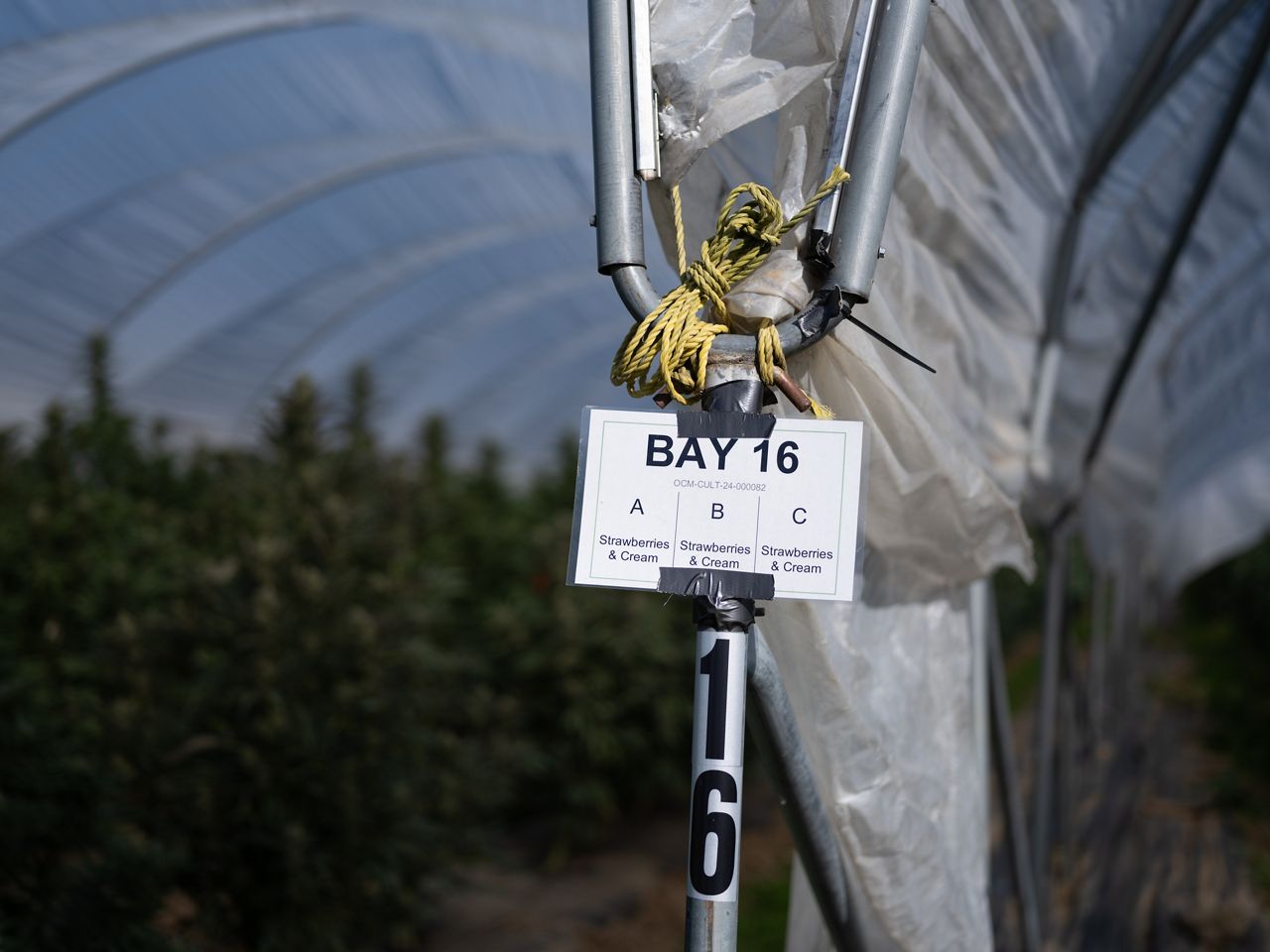
Signage at Florist Farms indicating which varieties are being grown in which rows. (Emily Kenny/Spectrum News 1)
The program will track the cannabis plant from the time it is planted to a completed sale.
OCM officials said the tracking system, which will reduce unregulated products from other states entering the market, should be up and running in early 2026.
“It helps with everything from compliance, stopping inversion, to things like recalls when the pesticide or something needs to happen like that,” OCM Director of Regulatory Operations Patrick McKeage told Spectrum News 1 last month. “So, we’re really excited, and we’re already working to implement it.”
Licensees were expected to be gradually integrated into the tracking system over the course of three months, but OCM said launching the system in the winter will allow everyone to start at the same time and reduce issues.
Smaller marijuana producers, however, worry the new tracking system only adds more regulatory hurdles and takes away from their bottom lines.
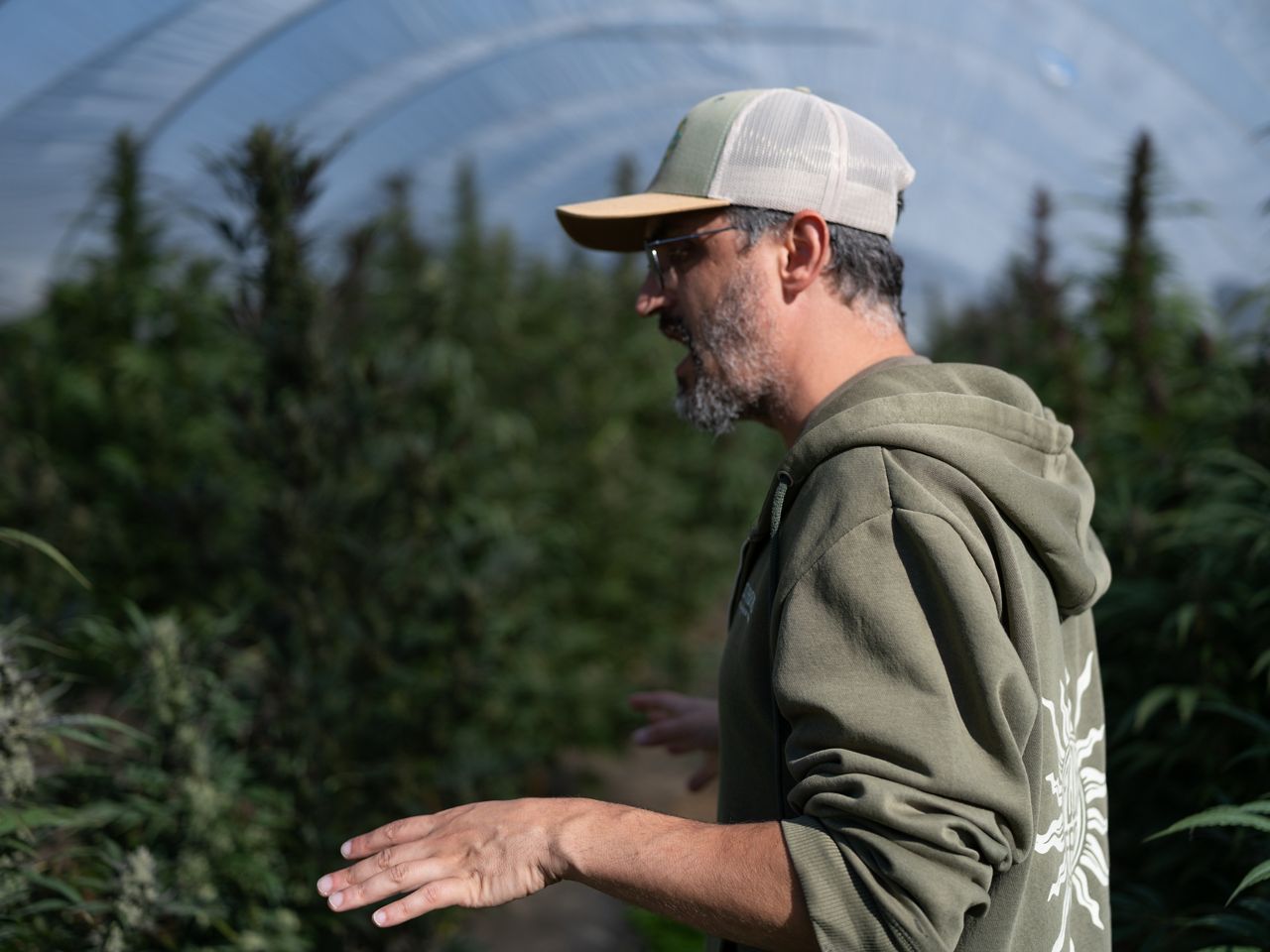
Gandelman walking through fields at Florist Farms. (Emily Kenny/Spectrum News 1)
“Metrc is going to make us tag every single plant with an RFID tag that costs us at least a nickel, and we have to buy tens of thousands of them every year just to be compliant,” Sarkis said.
While the program makes sense for large producers, Sarkis said, it increases costs for small producers.
Sarkis said OCM needs to offer rebates for small businesses and craft marijuana producers to support them.
“It’s really a do-or-die moment for craft producers in New York, so we’re all working full-time jobs and realizing if we don’t come together and start bringing in a community and advocating for things to support small businesses and small producers, we’re out of luck,” he said.
G-Flower grows marijuana on a half-acre of an organic vegetable farm, which is the other half of their business.
“In the beginning, the vegetable production was subsidizing the cannabis production, and now, there is this beautiful dance where oftentimes, the cannabis has been able to help subsidize some of the vegetable production and growing,” Sarkis said.
While this has worked for Sarkis and the team at G-Flower, it hasn’t been without challenges.
“We’re competing against some of the biggest operators in the world here that are just putting a chokehold on New York, flooding the market with decent quality, high-volume, low-cost products through multiple pathways,” Sarkis said.
Many of these large operators were growing medical marijuana prior to the legalization of recreational marijuana, so they had a leg up when the plant became legal in New York in 2021.
“They were given the green light to grow massive amounts of cannabis and they’re growing a ton of indoor weed, selling it for next to nothing, wholesaling on it to brands that already have an established footprint, or they’re selling it under their own brands or dispensaries,” Sarkis said.
Sarkis alleges illegal marijuana is brought in from other states where the market is more established and is then sold in New York dispensaries at a lower cost.
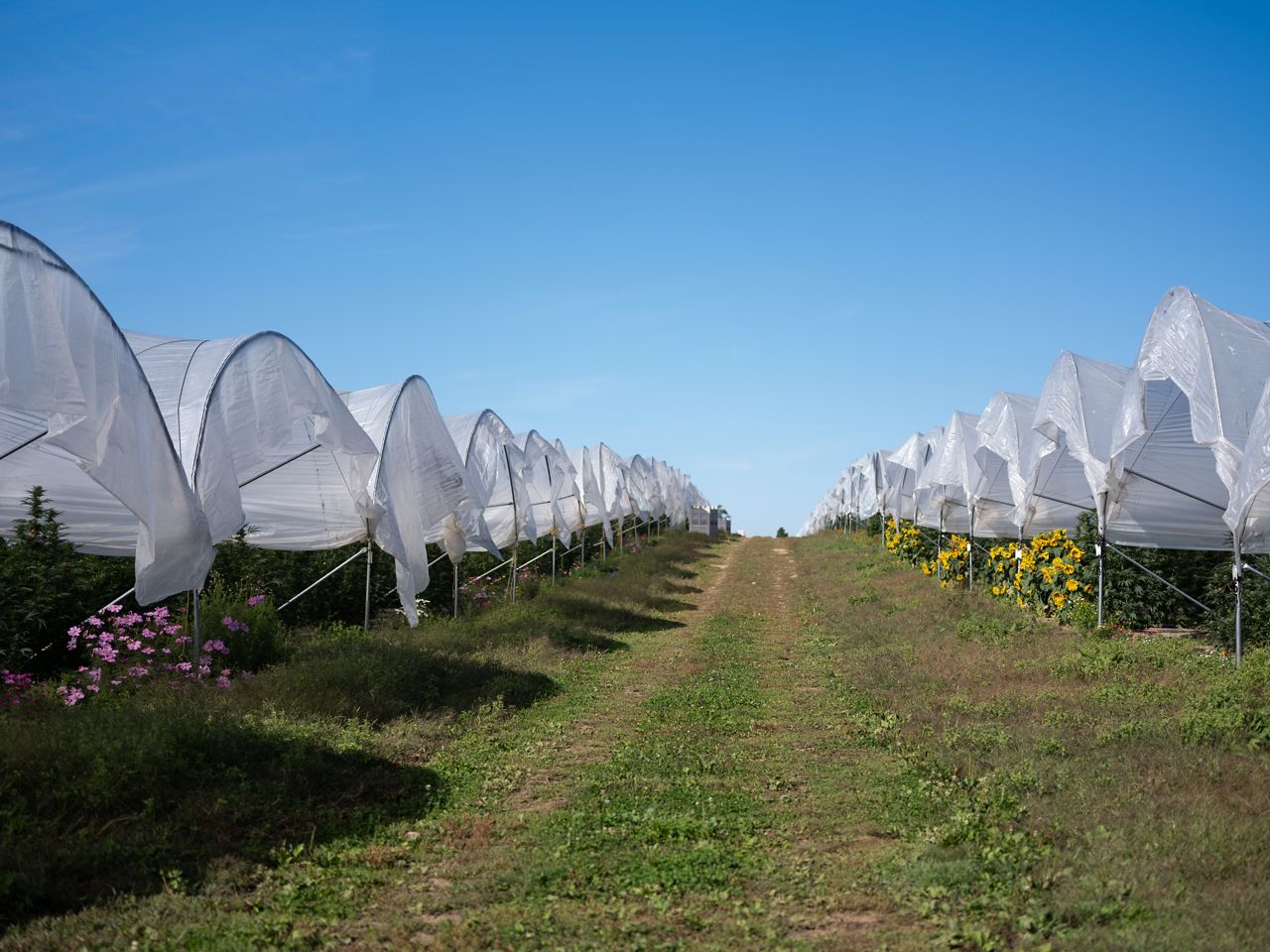
Hoop buildings which protect the marijuana plants from different diseases that they are susceptible to. (Emily Kenny/Spectrum News 1)
“People are importing from California, Oklahoma, Maine, for dirt cheap, and that really doesn’t reflect the true cost of production,” Sarkis explained.
Many farmers rely on loans, grants and subsidies from the federal government. But since marijuana is federally illegal, it brings more challenges for New York growers.
“You can’t get money for anything marijuana-related from a federal standpoint and there’s tons of agencies that track back to that,” Sarkis said.
When New York legalized recreational marijuana in 2021, the Office of Cannabis Management made promises to growers, but Sarkis said the state hasn’t followed through.
“Its promises for low-interest, no-interest loans, grants, education, training templates, business support services. The list goes on with what the state promised that they would provide small businesses, and they’ve not done a damn thing,” he said.
Spectrum News 1 reached out to OCM for comment on this story, but it did not immediately respond to requests for comment.
Sarkis said the state OCM, which has been plagued by litigation and high rates of turnover, has not been helpful.
“OCM owes a lot of people a lot of things, including access to resources, training, grants and all these things they promised,” Sarkis said. “They still show up heavy-handed expecting you to be compliant, but they won’t provide you a template for compliance.”
Agricultural challenges and benefits
Allan Gandelman, owner of Florist Farms in Cortland, said cannabis brings agricultural challenges because of how new the crop is to New York.
“We’re still working out the system, the timing, the planting date, the varietal and how to manage nutrients, fertility and pests,” Gandelman said.
During its first year of production, Gandelman said Florist Farms lost entire greenhouses of plants that weren’t meant to be grown indoors.
“It started snowing and they did not finish, and so a big challenge for a lot of growers is making sure they’re planting the right strain,” he said.
Florist Farms has a specific license to research and develop different varieties of cannabis that perform well in the state’s climate.
“What we do is we take cuttings, and the ones that we like, we will turn around and make seeds out of them,” Gandelman explained.
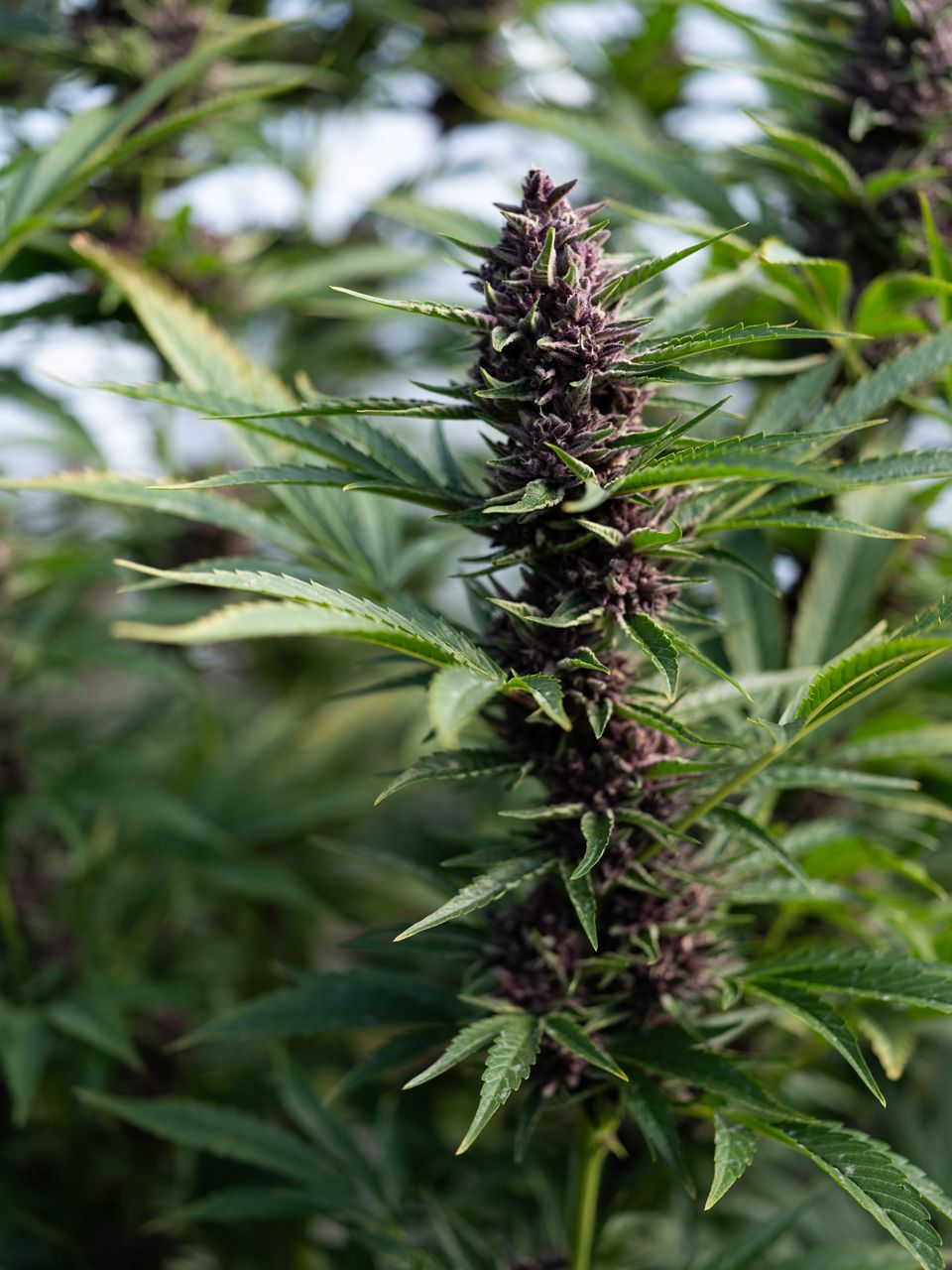
A variety of marijuana that they are testing at Florist Farms. (Emily Kenny/Spectrum News 1)
New York is a right-to-farm state, which makes it easier for producers to grow cannabis. Gov. Kathy Hochul signed legislation in 2024 designating cannabis as an agricultural product. However, the federal designation as an illegal Schedule I drug remains a challenge — especially for new growers who want to enter the industry.
“It’s hard to start because it’s still federally illegal, and so getting access to capital can be very tricky,” Gandelman said. “You can’t go to a bank and take out a business loan or go to the [Small Business Association]. Those things aren’t for cannabis, so that’s a big challenge.”
Florist farms grew hemp prior to its marijuana grow, so the business already had most of the processing equipment in place. Gandelman said cannabis has kept their farm alive.
“I don’t think this farm would still be in business without hemp and cannabis because not only were we able to diversify the crops we’re growing, but we were able to do the processing, the value-added part of the manufacturing side,” he said.

